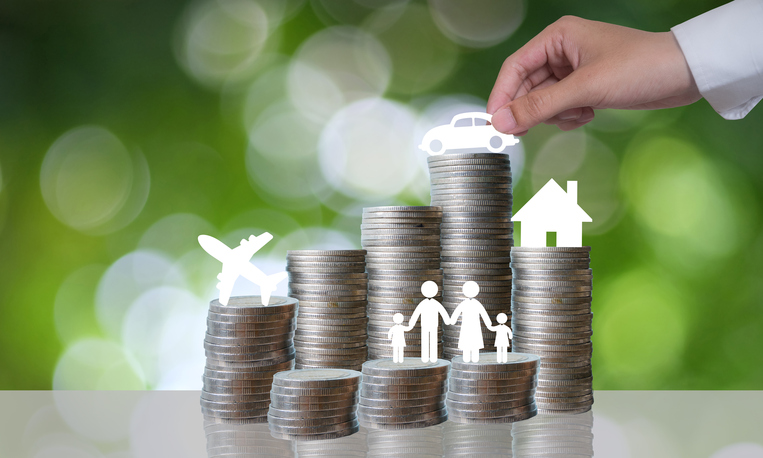Author: Nantapong Pantaweesak and Vipavadee Srisopa
![ThinkstockPhotos-493283298.jpg]()
![Event.png]() |
![Event.gif]()
|
- The first car scheme that began on the September 16, 2011 has lapsed its 5-year period on September 15, 2016. During such period car buyers under the scheme were restricted from transferring ownership of their cars. Furthermore, taking into account that such duration coincides with the 5-6 years term of most car loans and participation under the scheme was as high as 1.1 million cars out of a total registration of almost 1.3 million. EIC, therefore, conducted a survey to understand consumption trend over the next 1-2 years which demand is likely to bounce back to the economy as consumers are relieved from debt burdens. A total of 7,249 respondents participated in the survey.
|
![Analysis.png]() |
![884_20100622103051.gif]()
|
- Closure of the first car scheme lock-in period is likely to have minimal impact on domestic car sales. The survey showed that roughly 7.2% of car buyers under the scheme are interested in selling their cars in order to buy newer models. However, only a portion of 2.6% of first car buyers or 30,000 cars will be bought during 2017, as most consumers would rather delay spending and new car model have yet to be released during the first half of the year. Another 3.2% of first car buyers is expected to purchase their new cars in 2018, which is when several new sport utilities vehicles are due to be announced. This is consistent with survey result, which showed that more than half of car buyers under the scheme prefer a new car as sport utilities vehicle. The remaining share of 1.4% of first car buyers will make their car purchases in 2019.
- Most survey participants would rather spend money on consumption than invest in assets. The survey revealed that consumers prefer to spend on other consumptions, of which the top 3 expenditures were (1) domestic and overseas travel, 24%, (2) daily expenditure, 15%, and (3) home decorating, repair and maintenance, 13%.
- Property market is expected to gain as 22% of first car buyers wish to buy residential property. The majority of survey participants were office workers earning below THB 30,000 per month, of which more than half want to buy property priced below the 3 million baht in order to move out of their family residence or rental property. In terms of property location, home buyers living in Bangkok and metropolitan tend to choose property close to their work place or mass rapid transport. In contrast, educational institutions, shopping malls and hospitals are the main considerations for home buyers in the provinces. Interestingly, most car buyers under the scheme prefer to buy horizontal housing rather than vertical housing.
|
![Implication.png]() |
![886_20100622103105.gif]()
|
- EIC believes that tourism and wholesale and retail businesses are likely to benefit from completion of car loan repayments. The reduced debt burden from car loans will ease purchasing power of Thai households that has been under pressure due to slow growth of wages and high household debt. The majority of consumers that have completed their car loan repayment are middle income earners with monthly salary between THB 15,000-50,000. As a result, EIC expects a cash injection of approximately THB 30-33 billion into the economy over the period between the ends of 2016 to 2018.
|
